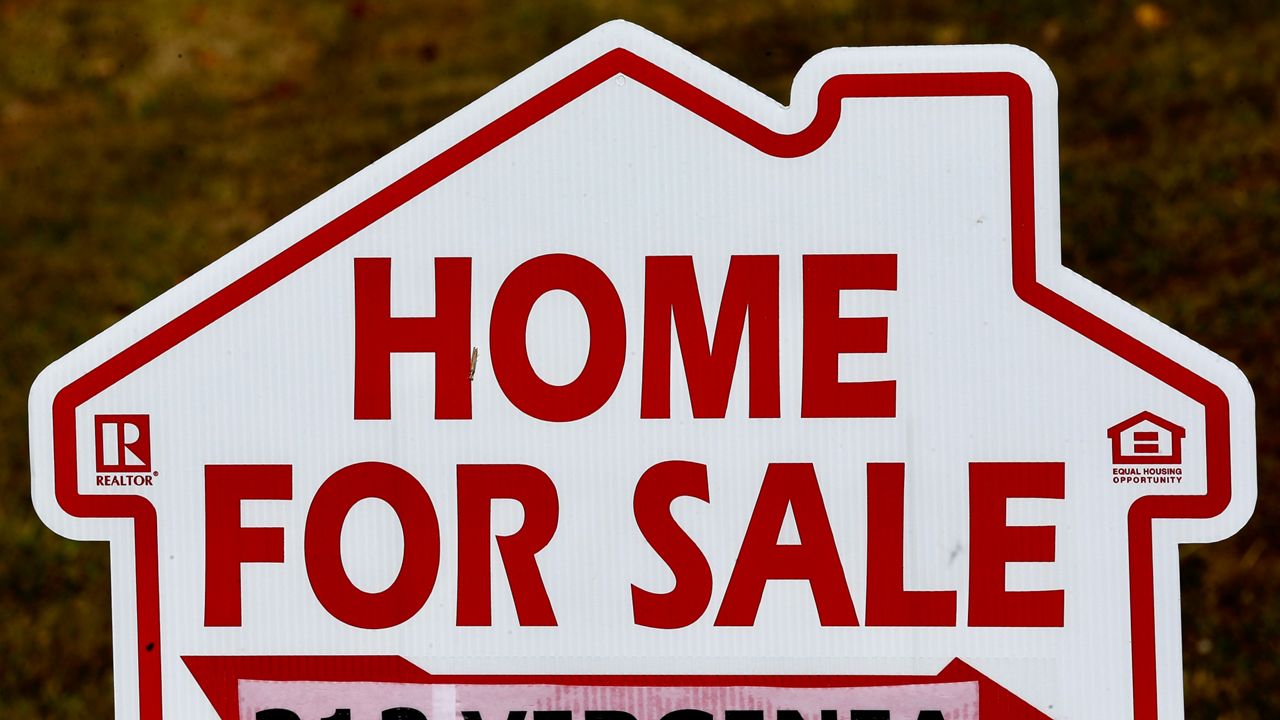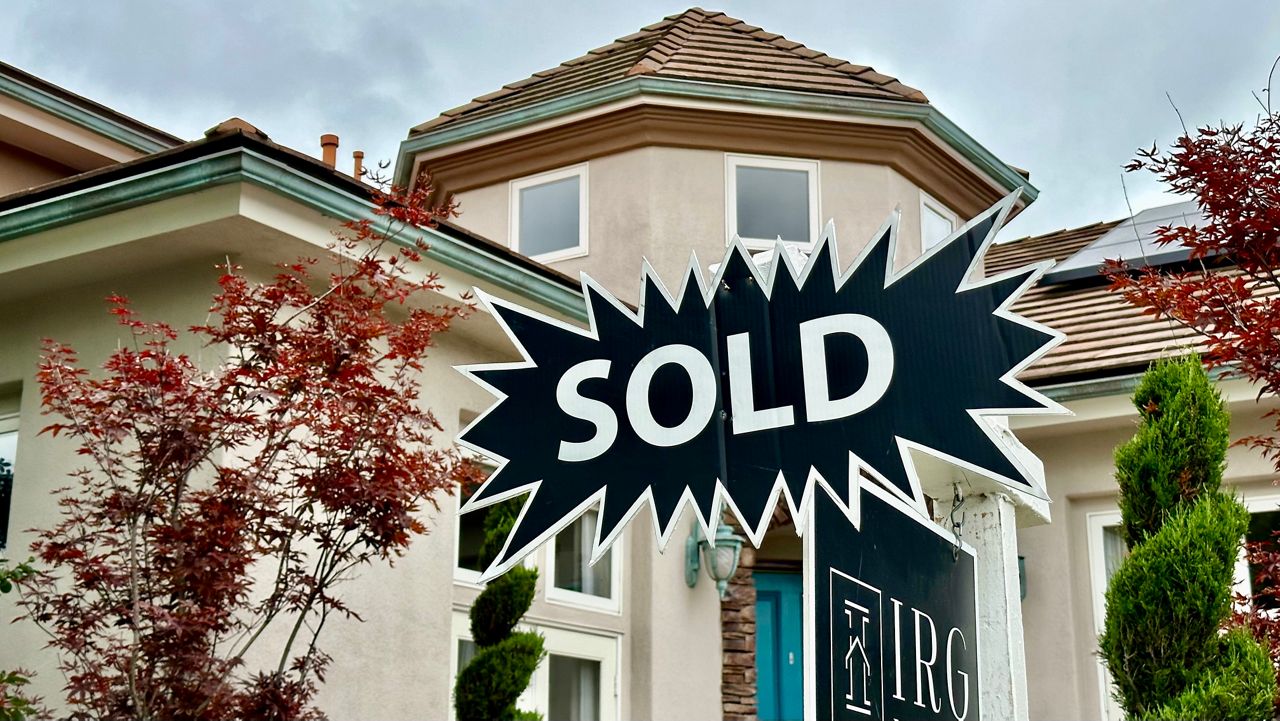ANAHEIM, Calif. — These days, a “million-dollar home” has a whole new meaning.
What used to be thought of as mansions or homes near the coastline, a million dollars will now get a prospective homebuyer, a starter three-bedroom two-bathroom home in the inland part of Orange County.
“We always think of a million-dollar home as luxurious and large. Now it’s just your average home [in Orange County],” said Taylor Marr, a deputy chief economist at Redfin to Spectrum News. “It highlights the difference in land value and what you’re getting.”
A Redfin report found that one out of every two homes in Orange County (labeled as the Anaheim metro in the report) is now worth at least $1 million, a 27% increase from pre-coronavirus pandemic times.
The report highlights how the pandemic has fueled home prices because of high demand, low inventory, and a range of other reasons: affordability, rise in remote work, and the need for more space.
Nationally, 8.2% of U.S. homes — or about 6 million homes — were valued at $1 million or more in February, Redfin found. Two years ago, about 3.5 million homes were worth about $1 million.
Redfin officials said the San Francisco Bay Area led the nation, with nearly nine out of 10 San Francisco and San Jose properties in the $1 million-plus category. Meanwhile, in Orange County, 55% of homes are valued at $1 million, the highest percentage of homes reaching the $1 million mark in the nation in the past two years.
Redfin’s report pulled housing data from public records and the multiple listing services (MLS) to estimate the current and historical value of over 85 million properties in the U.S.
The Redfin report comes as the Spring home buying season begins. Orange County and most of Southern California remain a hot seller’s market with low inventory, high home prices, and demand off the charts.
“Orange County’s housing is about to ramp up considerably for the next several months,” wrote Steven Thomas, the chief economist at Reports on Housing, which analyzes Southern California’s real estate market.
Orange County’s inventory remains historically low, sitting at 1,406 homes — an increase of 4% or 48 homes month-to-month, Reports on Housing found. The inventory number is the fewest since Reports on Housing began tracking the metric 19 years ago.
Demand — the number of pending sales from a 30-day-period — remains hot. According to Reports on Housing, the average market time of an Orange County home for sale priced between $750,000 to $1.25 million is 15 days.
CoreLogic/DQ News reported that the median price of a home in Orange County — the midpoint of homes sold in February — is $985,000, a 20% increase year-over-year. Across Southern California, the median price was $706,000, a 15% jump from February 2021.
Marr, the Redfin economist, said the new price and home value point in Orange County is sobering news for prospective home buyers and renters.
“What it means for renters is they have to save up even more money for a down payment at a time when mortgage rates and inflation are rising,” said Marr. “It’s hard for people to afford a house because there’s a lack of income growth and high inflation.”
But is there a chance the housing market will cool? Russia’s invasion of Ukraine has spooked the global markets, and inflation is at its highest level in 40 years.
It has happened before, said Marr.
Before the Great Recession of 2008, the number of homes valued at $1 million in Orange County peaked about 24% in late 2006, he said. When the recession hit, home values in the county dropped. Only about 10% of homes in Orange County were at about $1 million.
He said the number stayed flat the following three or four years during the recovery.
“One interesting thing is we rarely see these numbers decline,” he said.
Marr said he does not expect a crash despite the ongoing geopolitical uncertainty, high inflation, and likely rising mortgage interest rates.
“That’s not our outlook,” he said. “It’s rare for these numbers to come down. It did happen once. But at this rate, we see that interest rates are shooting up. That’s going to increase the price of borrowing, and we’re going to see demand slow down and a slowdown in price growth.”







)


